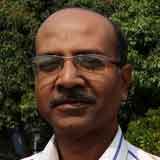Can Bengal grow chemical-free paddy?
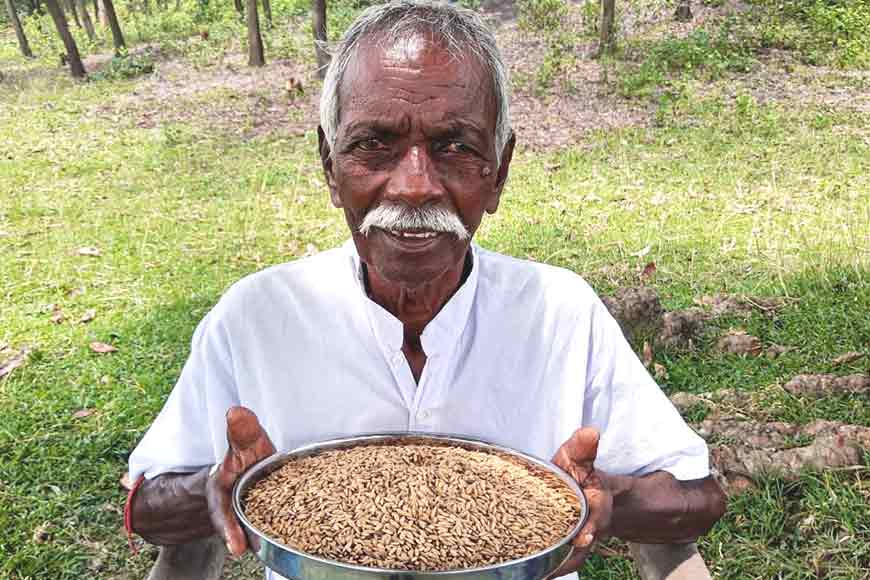
'Who says organic pesticide-free paddy and vegetables record less production compared to so-called high-yielding crops treated with chemical fertilisers and insecticides? Do you have any data to compare? Any survey done by your department or university?" The sharp questions of Dr Debal Deb had unnerved me. Despite being an agriculture scientist myself, I had never asked such questions or heard any of our colleagues or researchers discuss such issues. For decades, I had heard and believed that to feed India's teeming millions, the Green Revolution had brought in high-yielding crop seeds, genetically modified varieties, and chemical fertilisers and pesticides. If production did not increase, India would go through a food crisis. That was information we had always been fed. Unlike Dr Deb, we had never asked questions, or accumulated data to compare Bengal's lost organic paddy varieties, their yield rates, or their specific mineral components.
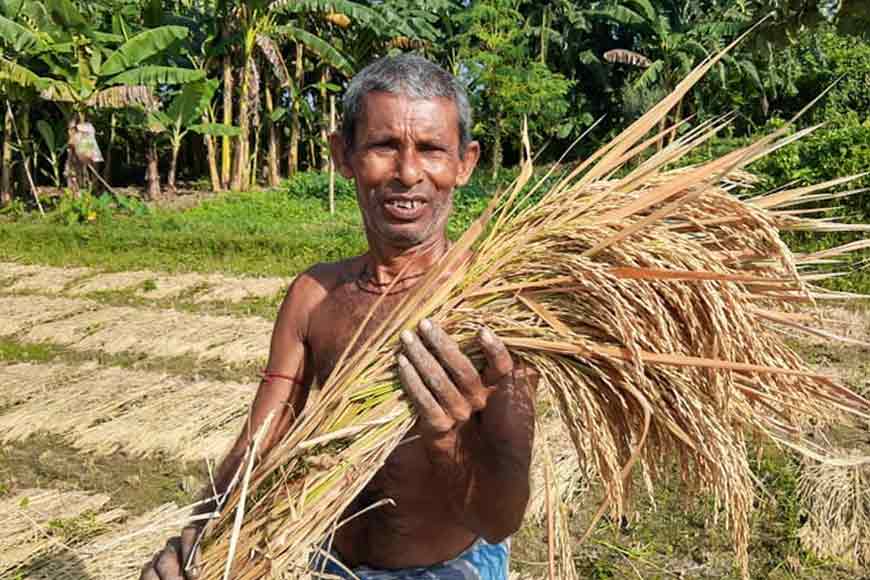
I had gone to meet Dr Deb in his Barrackpore home after being inspired by his book 'Looth Hoye Jaye Swadeshbhumi’. Reading this book, I had been amazed to learn how Bengal's farmers had, for years, been cultivating high-yielding paddy without any fertiliser or pesticide, what we call 'organic' in the modern world.
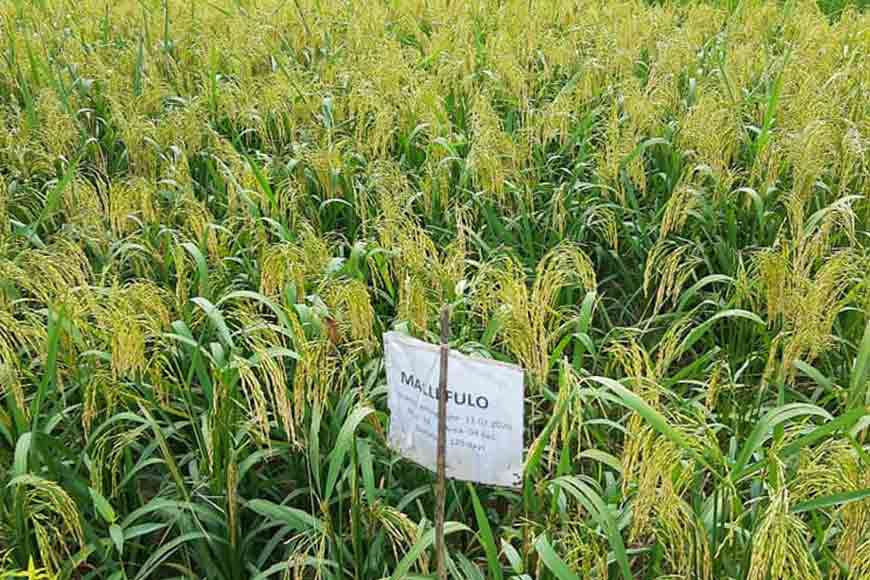
Way back in 1997-99, when I was working in Falta in South 24 Parganas, Tapas Mandal of Calcutta Service Centre contacted me and said they were trying to grow organic vegetables and wanted me to be a speaker at a farmers' meet. I was quite amused and somehow did not buy the idea that cultivation of organic vegetables could ever turn into a sustainable model. I told him as much, since organic vegetables cannot be grown in bulk, because they are easily destroyed by pests. So if production is low, how can organic vegetable cultivation feed everyone and meet the market demand?
'Who says indigenous organic pesticide-free paddy and vegetables record less production compared to so-called high yielding crops treated with chemical fertilisers and insecticides? Do you have any data to compare? Any survey done by your department or university?'
Mandal humbly listened to what I had to say. Like Dr Deb, he asked me if I had ever tried growing organic vegetables myself, or was only speaking from a theoretical angle. He then handed me some books on organic cultivation from their library and asked me to read them. In one of those books, I came across a very interesting tale of cultivation of indigenous paddy in Bengal. The source of the report was a newspaper article by Ratanlal Brahmachari. Next came Dr Deb's book written in 2000, where I got to know of the Seed Bank of Diamond Harbour and its chairman Arup Ratan Mukherjee. These books and the information shared in them completely changed my outlook on the data about India's Green Revolution. I even shared these books and the knowledge I acquired from them with my colleagues.
During my one-to-one with Dr Deb, I realised the yield of indigenous paddy, which he called 'deshi dhaan', was quite high and varied from one region to another. The yield actually depended on the area where they were cultivated, and on ecological conditions. As he said: "Cultivation of one variety might fail in an area or they may turn less yielding, depending on the ecological conditions. That does not mean that variety of organic paddy is low yielding. It May become high-yielding in some other area.'' Dr Deb even asked me if I understood the basic concepts of ecology and ecological economics. I shared what I had read in agriculture books, but realised that in all these years, I had acquired almost no practical knowledge of organic cultivation. Like Dr Amartya Sen, Dr Deb held that famines and food crisis arise from political reasons and have nothing to do with low or high yields.
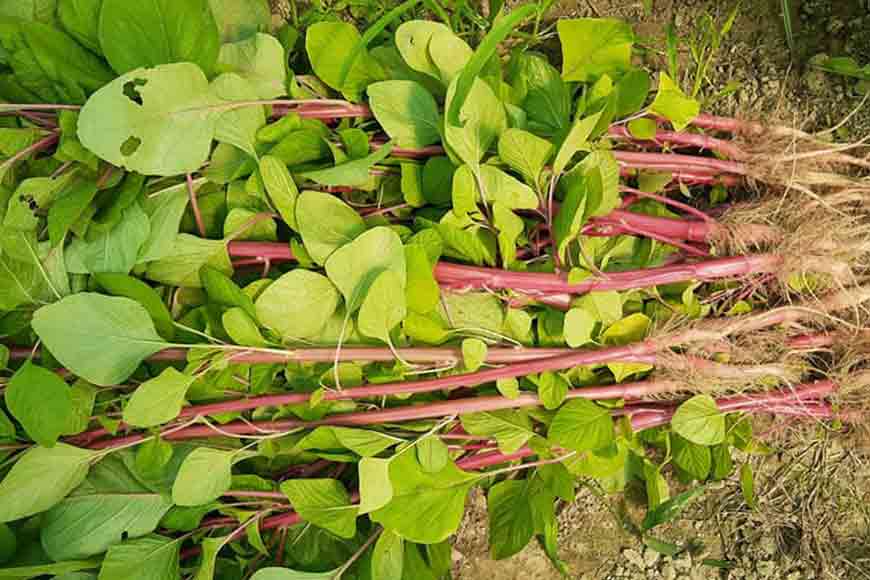
Today it has increased to almost 42 lakh hectares. If this continues, Bengal will successfully build high-yielding indigenous paddy, completely free of pesticides and fertilizers, that have been wreaking havoc down generations causing cancer and other diseases.
Dr Deb had been working with cluster farmers of Bankura since 1997 on indigenous paddy cultivation and had huge knowledge of GMO seeds, poisonous seeds, indigenous organic varieties and various farming communities of India, as well as the environment, importance of indigenous practises, food economics etc. His knowledge was more practical unlike mine. Quite naturally, his knowledge was better than mine. Gradually I started visiting him, on and off, and we became good friends.
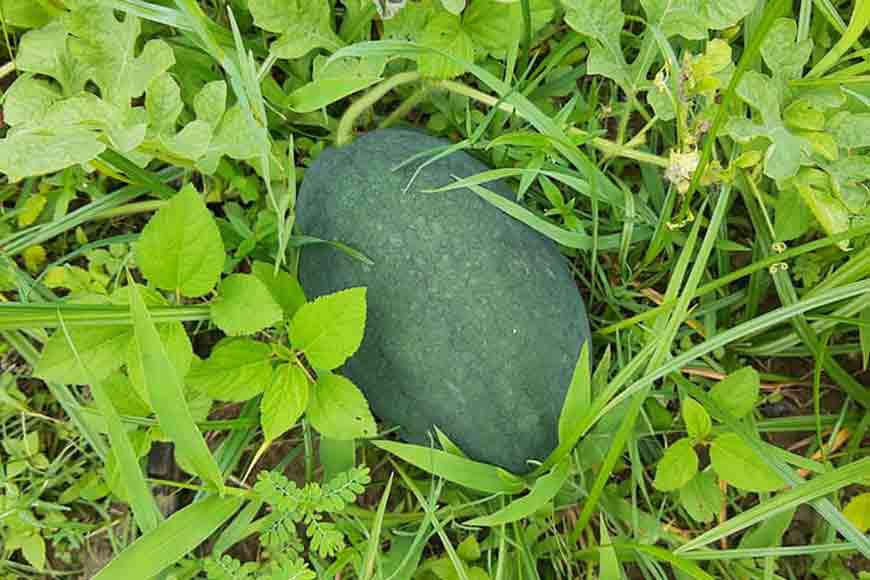
The cluster farmering concept also attracted me as since 1997, I had been working in Falta to develop a self-help group of women working on water conservation. This was probably the first state government sponsored group as most had hitherto been run by NGOs. This news spread far and wide and reached Tripura, from where teams came to understand our model.
Today, I find similar ventures in the farming sector. I see a heaven and hell difference in the state agriculture department, with a great achievements in the organic farming of paddy and vegetables. Yield of organic paddy is also high. Where previously, the land under 'desi dhaan' was around 1 lakh hectares, today that area has increased to almost 42 lakh hectares. If this continues, Bengal will successfully grow high-yielding indigenous paddy, completely free of pesticides and fertilizers, that have been wreaking havoc through generations, causing cancer and other diseases.







